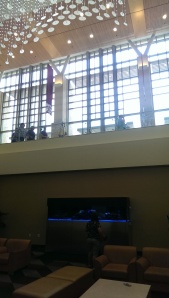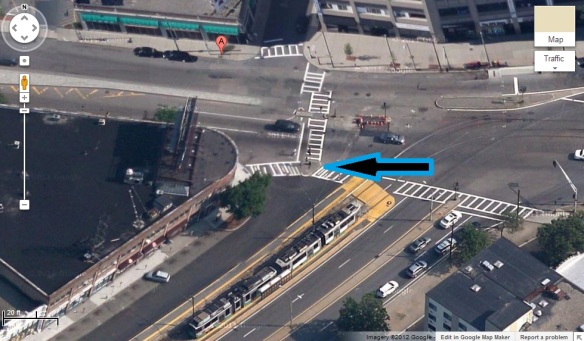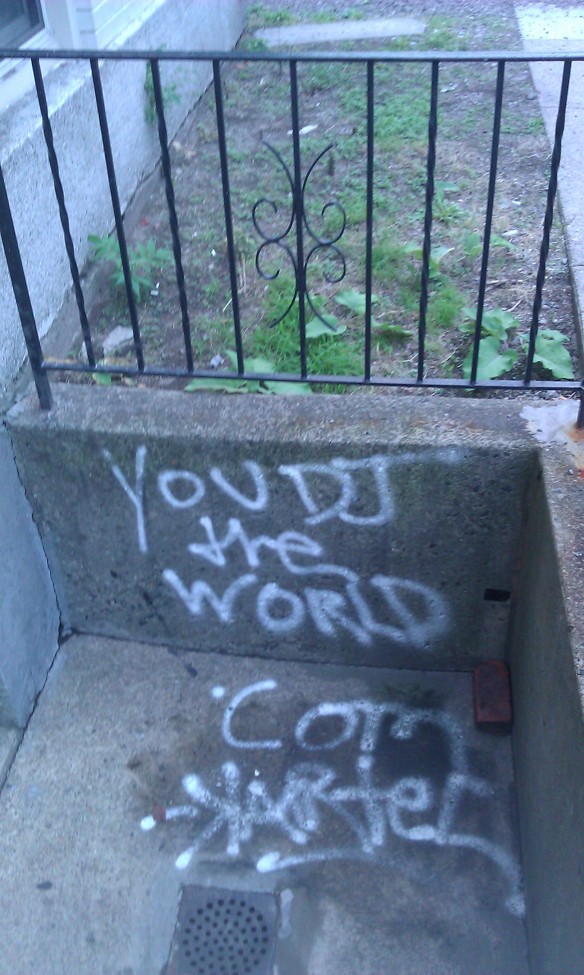I previously wrote about some of my thoughts on Ray Oldenburg’s “The Great Good Place” in July here, and wanted to develop some more thoughts on how the student union can serve as a community third place based on some of Oldenburg’s later chapters.

So, as Great Good continues, the author moves into exploring specific famous third places of the past, like the English Pub, French Cafe, American Tavern, and coffeehouses of various sizes, shapes, and nationalities. In a section on the English coffeehouse, we explore the concept that the English gained knowledge of and explore through conversation the news of the community and the world, and that the coffeehouse was the end all be all of this service. Up until the mid-19th century, the coffeehouse was a daily stop for English men to gather, hear the news, discuss, and argue.

Give me the news!
Oldenburg credits the development of home mail delivery, the daily newspaper, coffeehouse owners going for bad business policy, and other factors as the downfall of the coffeehouse. A quote stood out to me from this section, included from a foreign visitor observing English coffeehouse culture and life, stating “…workmen habitually begin the day [we are talking everyday] by going to coffee rooms in order to read the daily news.”

In a sense, this is sort of what we hope for in thinking about how our unions can function for our campus and our student community. It’s why we have services that draw students to our buildings (food, post office boxes, printing services) and its why we have unique and pleasurable spaces to relax, connect, and study. We want to draw the student community in in order to introduce them to new opportunities and the greater involvement picture of campus life, and in the perfect union world, they are exposed to new ideas and perspectives that provide them more context on their academic work and help to craft a more open and understanding student.

Look at all the things you can look at, experience, taste, enjoy! *Neither I or ACUI endorse installing a candy room in your Union. This would cause both gastrointestinal bloat and administrative bloat.*
This transitions well into a later chapter, titled A Hostile Habitat, which explores why modern urban environments and designs are so hostile to these third places, where the community should be able to gather together at their local.
Oldenburg contends that “the modern urban environment accommodates people as players of unifunctional roles… it reduces people… allowing them little opportunity to be human beings.” Wow, that is harsh. Borrowing from architectural critic Wolf Von Eckardt, who you know you can get behind 100% because his first name is WOLF (*Does not apply to Wolf Blitzer), Oldenburg explains “what ails us… is not that we are incapable of living a satisfactory and creative life in harmony with ourselves, but that our habitat does not offer sufficient opportunities. It hems us in. It isolates us.”
West Wing Walk and Talks are bifunctional, so they are not allowed. Be sad about that.
But, that’s supposed to be the beauty of the college union – the fact that there are a lot of functionalities crammed into one building, so that students, even if they aren’t that over-involved student leader, are in the building often, and hopefully in a vibrant and active atmosphere that we have fostered, are exposed to new learning opportunities and experiences. The union fails if it is unifunctional, but multifunctional will take on a different look on each campus (a rural campus union will serve a very different role than an urban campus union), each era of student culture (game rooms and smoking lounges may not be the highest priority anymore), and will need the commitment of the community to ensure it stays updated and functioning to the highest degrees for our multifaceted campuses.
When it comes to our buildings, we have to ask each and every constituent to consider “Does this place offer sufficient opportunities to explore, grow, and live?” and if the answer is no, we may need to go back to the drawing board to better understand what our spaces need beyond just the basic architectural and engineering requirements. I’m not advocating for over the top everything to please every constituency, but we really have to understand how the environment influences the user, because if our whole mission is based around exploration, we need spaces that encourage that, rather than hemming us in. That’s what works. That’s a lot more important than mosaics of your mascot or Starbucks on every floor.

But, uh, your SGA does not need this in their office.
I think I’ve got one more blog post that can come from this book, so stay tuned for that. It’s about space. Not Neil DeGrasse Tyson space, but like, TLC’s Trading Spaces space.














